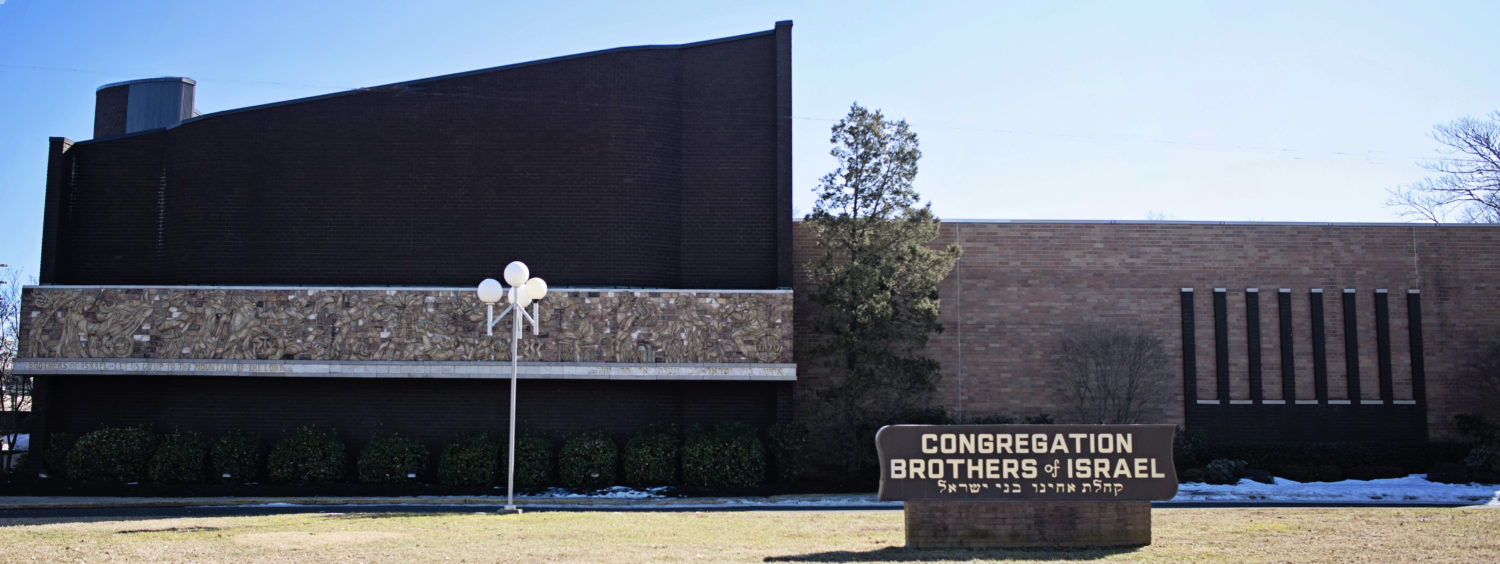Maximizing Our Spirituality
Adapted from Rabbi Braun’s sermon in 5768
Last Tuesday I was at a Chaplaincy meeting with federation leaders and other community rabbis and one of the other rabbis shared with us the following anecdote. A family of his attending public school was dismayed that a Christmas tree was put up in the school but there was no menorah. When challenged, the principal responded that the school does not allowed religious symbols and that a Christmas tree is not a religious symbol, but the menorah is. Leaving aside the rationale of the principal, at least I said to myself there is recognition that the menorah is indeed a religious symbol. Depressingly however it has come to resemble the Christmas tree. It reminds us that the holiday is here but asks very little of us if anything at all. This morning I want to share an important Chanukah idea with you. It is an idea that is based on a chapter that I recently read in a book of Rabbi Soloveitchik’s writings on Chanukah and Purim, and it speaks to what the menorah asks of us.
It is clear from many sources that there are 2 components to the mitzvah of lighting Chanukah candles.
- The physical act of lighting the candles
- Praising and thanking God for the miracles (that implies an understanding of why we light and of why we celebrate)
(Just think about the 2 blessings that we recite- first on the lighting and the second on the miracles.)
If that is so then we have to ask ourselves why there isn’t a mitzvah on Chanukah to read the book of Macabbees. If knowledge of the story is central to our celebration and the lighting then why not read about it and retell the story just like we do on Purim, our other rabbinic holiday?
Why did our Rabbis choose a mitzvah which hints at and reminds us of the story and not simply have us read the story?
To answer that question let me ask you one more question. Usually our mitzvoth are very detailed and we are told exactly what we need to do and how we should do it. Take Purim for example. We are told what, when and where to read. We are told when to have our meal and exactly how much to give to the poor and how many items to give to our friends! Chanukah is one of the exceptions to that rule. On Chanukah the Gemara presents three options for the performance of the mitzvah, there is the base level mitzvah of one candle per household per night. Next comes the level of Mehadrin- one candle per member of the household per night, and finally comes the highest and most excellent level of mehadrin min hamehadrin- the one that we are most familiar with – you start with one and end with eight. Which one should you choose? It seems from the Gemara that apparently it is up to you.
That leads us to our second question: why did chazal set up the mitzvah of ner Chanukah in such a way? Why are there 3 tiers or options and why did they give us a choice? Why isn’t it set like Purim?
The chafetz Chaim explains in his Mishna Berura that the critical difference between Chanukah and Purim is the nature of the threat that faced the Jews and he adds that the nature of the celebration corresponds to the nature of the threat and salvation. On Purim the threat was of physical annihilation and thus we celebrate in a physical manner with food and drink.
On Chanukah however, the threat was spiritual in nature and therefore we celebrate in a spiritual manner through praise and thanksgiving and with the lighting of candles that represent the spirit.
That should help us answer our two questions.
On Purim we are thankful for having been spared our lives and in that respect everyone is equal and therefore that celebration is identical for everyone.
On Chanukah we celebrate a spiritual redemption and that argues the Rav, is not the same for everyone. Some people are more spiritual and others less so. So Chazal created a three tier system and depending on how much it meant to you could do more or less. The more religiously moved person could aim for the stars while others might be content with one simple candle.
Maybe that is why we light and don’t simply tell the story. Maybe reading the book of Macabees wouldn’t cut it on Chanukah. Maybe we need something that will move us spiritually. Maybe we need the flame that represents Torah and spirituality to really represent the true nature of the day- the victory of our eternal Torah. Maybe we need the flicker and excitement of the flame to stir and move our souls.
I will conclude with one final thought. The Shulchan Aruch when codifying the laws of Chanukah does not codify all three opinions (very often he will record multiple opinions) regarding how many candles to light. It only codifies the last and best opinion. Why?
I would suggest that only this option is codified because Chanukah should be the time, when as we remember and celebrate the victory of tradition and of the spirit, we should attempt to maximize our spiritual potential. To celebrate Chanukah correctly is to truly appreciate our Torah and Mitzvoth and what they mean to us and to our continuity and that should drive and push us to want to do more, to want to learn more and to want to be better and more observant Jews!


